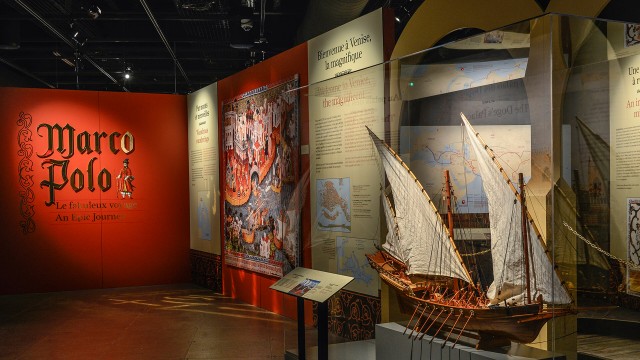Previous exhibition
October 23rd, 2013 — January 4th, 2015
Lives and Times of the Plateau
In line with its series of exhibitions on symbolic Montréal places, Pointe-à-Callière is presenting Lives and Times of the Plateau, an exhibition saluting the intertwined everyday lives and multitude of invented lives that have given the Plateau Mont-Royal neighbourhood its distinctive character and tremendous creativity.
A creative neighbourhood!
A crucible of artistic brilliance, intellectual vitality, political upheaval and entrepreneurial daring, the Plateau perfectly symbolizes Montréal’s diverse and vibrant culture.
Today considered one of the most “creative” neighbourhoods in North America, and hailed by international magazines as one of the best places to live, the Plateau attracts hip young professionals, shoppers and people watchers from the suburbs as well as tourists. But look a little deeper and you can still see traces of the days when it was home to artisans, shopkeepers and labourers. This is where Francophone city-dwellers invented a life for themselves, in the midst of the waves of immigration that fundamentally altered Quebec’s cultural reality. Indeed, it is not just a single culture, but a whole wealth of cultures, that have shaped the Plateau Mont-Royal from the very beginning.
In less than 200 years, thanks to the inventiveness of the Plateau’s residents, it was first transformed from its rural origins into a working-class area and then metamorphosed into an electrifying neighbourhood. This rapid pace of urban evolution made Plateau Mont-Royal one of the sources of the major transformations that have marked the city’s history and its imagination, a true cradle of Quebec culture and the meeting place of people with colourful pasts – and futures.
The Montréal identity
From the urban face of the neighbourhood, with its famous triplexes and green lanes, to the political movements it has seen, headed up by a host of leaders of every persuasion (feminists, liberals, nationalists, populists, labour activists, communists and even fascists (!)) and the social movements, including the Refus global, born there, the Museum is presenting the fascinating, recent history of Plateau Mont-Royal.
The exhibition reveals an identity that reflects its residents’ hopes and dreams, one shaped through a host of architectural, environmental,olitical and artistic innovations. It traces a living history of the neighbourhood, shedding light on what makes the Plateau such a distinctive place today.
Cultural vitality
Works of art and other objects sure to stir memories of the “people’s” Plateau or suggest the modern-day neighbourhood are displayed in a contemporary setting. Paintings, including some by the famous Automatist artists Jean-Paul Riopelle and Paul-Émile Borduas, along with literary, architectural, theatrical, and cinematographic works, all created on the Plateau, are showcased and explained, complemented by photographs and maquettes.
The backdrop is an original work of art, a digital installation by contemporary artist François Quévillon. The piece undergoes transformations based on the differences in environmental conditions recorded over a one-year period at various locations throughout Plateau-Mont-Royal. It offers visitors a unique vision of the Plateau represented in clouds of 3D particles—a swirling, colourful image of the neighbourhood’s architecture, infrastructure, and geography.
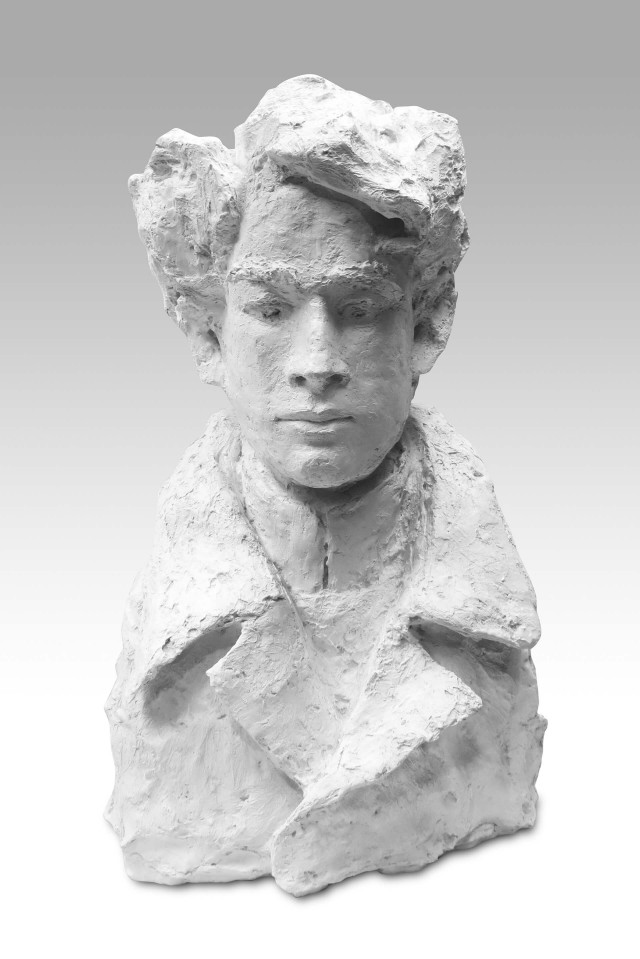
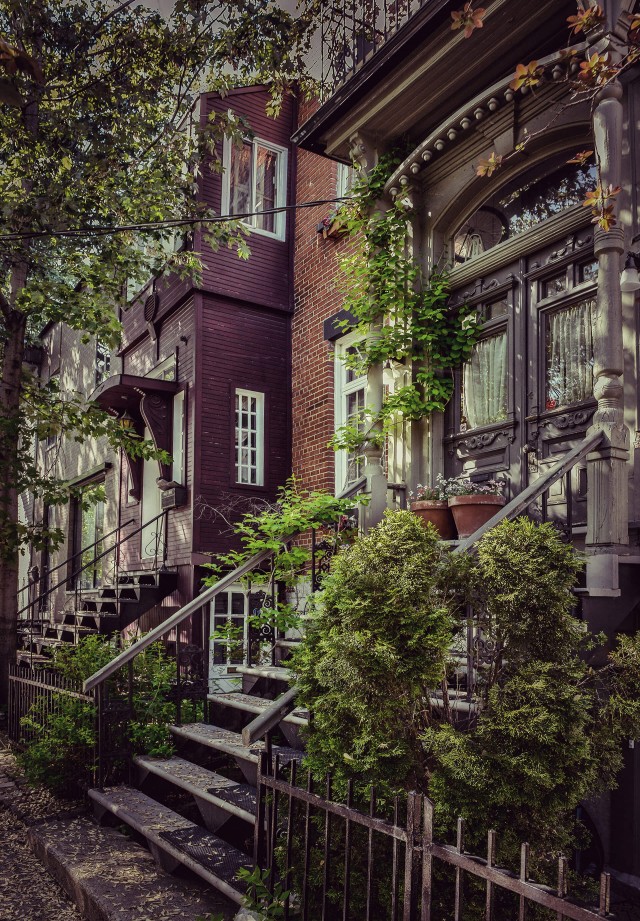
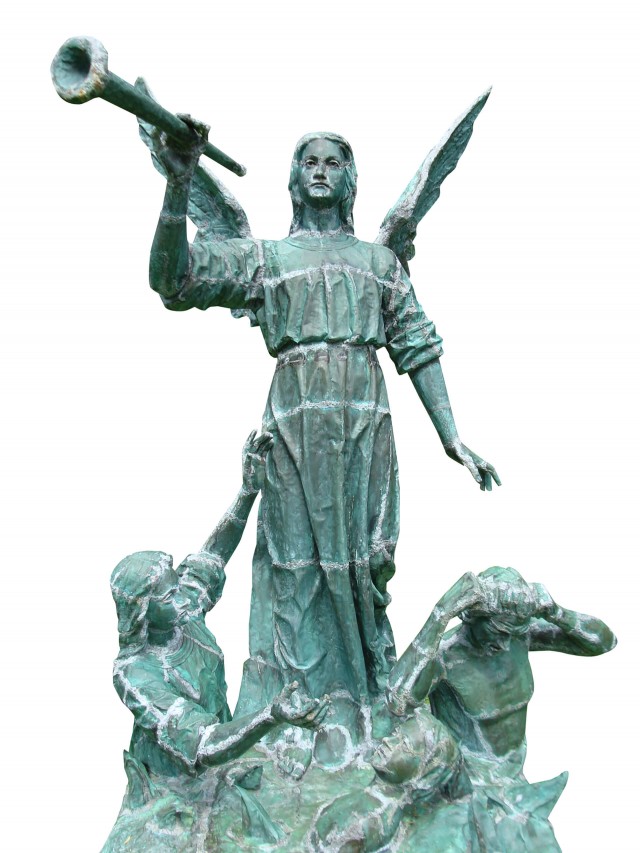
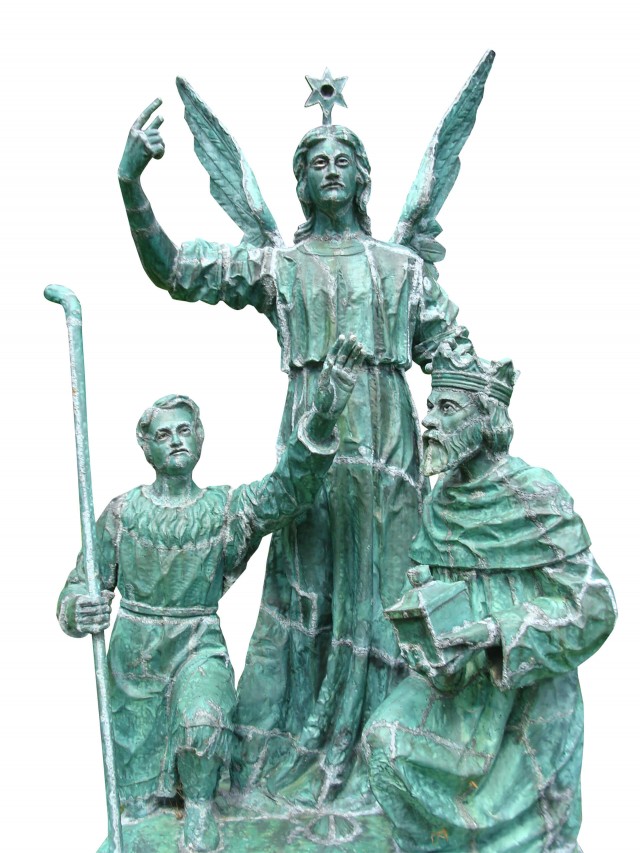
Plateau Mont-Royal on film
Through a partnership with the National Film Board of Canada (NFB), Pointe-à-Callière is giving you the opportunity to the documentary Les fleurs c'est pour Rosemont, by Jacques Giraldeau, excerpts of which are featured in the Lives and Times of the Plateau exhibition.
From October 23, 2013 to January 4, 2015, 177 684 people visited this exhibition.

